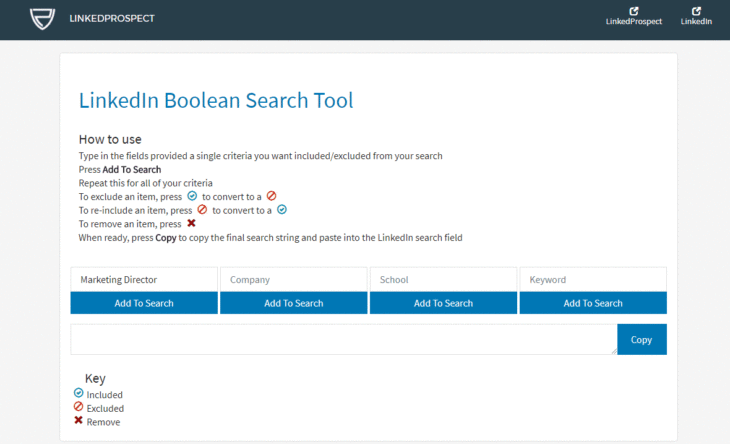

NOT (-) tells the search engine to exclude keywords, phrases or domains. Site:nl./in (engineer OR developer OR programmer) Angular Site:/users engineer (Angular OR node.js) By adding OR operators you usually broaden your search because you allow for more variations of keywords. So if you’re looking for an engineer that has either Angular or Node.js in their profiles, then you use the OR operator. OR tells the search engine to look for keyword X OR keyword Y. Most search engines handle a space like AND, so you can choose to use a space between keywords instead of AND. So if you’re looking for an engineer that has as well Angular as Node.js in their profiles, then you use the AND operator. The Boolean operators are AND, OR and NOT.ĪND tells the search engine to look for keyword X AND keyword Y. This also works with Stack Overflow for example (a platform for developers), where you can find developer profiles by starting your search with this site:/users. This works for the main domain () but it also works for any subfolders, for example when you add /in, you will only find LinkedIn profiles because every profile on LinkedIn starts with this /in. The first quick win: the site: operatorīy starting your search with site: you tell Google to look only for results from a particular website.īy including site: you will only get search results that are coming from LinkedIn. We start with the most simple but powerful operators. Now we know what the function is of search operators, we can start using them in our searches.

To understand how this search string is built up, let’s go through the basics. This string finds people on LinkedIn (profiles only) who have ‘engineer’ in their job title, ‘front end’ somewhere in their profile and Angular or Typescript (or both) on their profile. Site:/in intitle:engineer "front end" (angular OR typescript) Targeting a search means that you can indicate to the search engine (let’s assume Google) what the priority of keywords is and where those keywords have to appear on a profile. Search operators are used before or between words to target a search. Understanding the basics of search operators: Boolean and advanced operators That's why we have to work with something called ‘ search operators’.Īnd that’s what the next part is all about. Search engines don’t have search filters that are made for finding people.
Linkedin boolean search google how to#
Now we know this, we just need to know how to search Google for profiles. The mentioned search engines work very similar to each other (except for some minor differences). Therefore we can find those profiles in a search engine like Google. That indexed content includes almost anything available on the web, and that includes profiles (like LinkedIn profiles). These search engines follow a process that is called ‘indexing’, which basically means that they keep track of what content is stored on the internet, where it’s stored and when it’s updated. The most well known and widely used search engine is Google ( 92% market share).īing, Yahoo, Yandex, Baidu and alternative search engines make up the rest of the search engine market. Web search engines provide us access to almost all content on the internet.

We will also show you some tools that help you build search strings automatically. We will give you examples of x-ray searches for different platforms. You probably have more specific requirements than ‘does something with Java’, so in this guide we will show you how to build a search string that takes into account individual keywords, combinations of keywords, where keywords should be found and how to make your search more targeted with advanced operators. With this search string you’re searching all LinkedIn profiles that contain the word ‘Java’ anywhere on the profile.


 0 kommentar(er)
0 kommentar(er)
